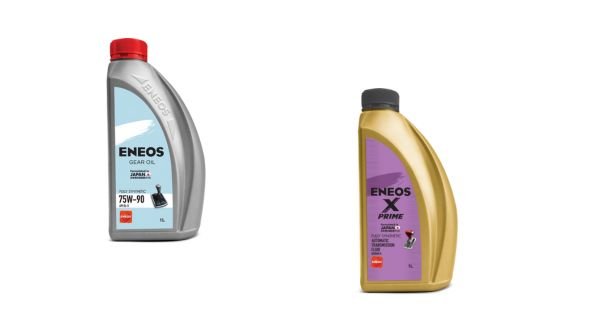Cars are an important investment for every family. Besides serving the functional purposes, the passion and emotional attachment to it make people look for the maximum longevity possible. Among numerous other factors, the right choice of oil requirements in your car plays a key role in determining its life. After looking for the right motor oil for your car, now is the time to hunt for the right gear oil. But do you know the different types of gear oil available in the market? Let us help you with this. Even if you know, adding to that knowledge will be in your favour!
Understanding Gear Oil
Like motor oil, which offers protection from damage and friction to the engine, gear oil does the same, but only to the gear system. Protecting it from issues arising due to extreme temperatures and corrosion, the gear oil lubricates the transaxles, differentials, gearboxes, and transfer cases. These listed parts are crucial for running the vehicle by transmitting the power from the engine to the gearbox, driveshaft, and axle, This is followed by a final transfer to their tires, exhibiting the requirement of protection.
Types of Car Gear Oils
The car gear oils are also known as Transmission Fluids. These are divided into two types based on the gears they lubricate. They are:
Manual Transmission Fluid
This type of gear oil is best suited for cars with manual transmission systems, i.e., the ones requiring a gear stick and clutch for performing gear shifts. Manual transmission fluids possess high viscosity, which ensures efficient operations by lubricating the whole gear component system. It is a yellow-coloured fluid.
Automatic Transmission Fluid
The cars equipped with automatic transmissions or modern manual cars need this type of gear oil. The automatic transmission fluid performs numerous functions, such as clutch friction, valve body and torque converter operation, transmission cooling, brake band friction and gear lubrication. The ATF is red or green-coloured fluid.
Factors to Choose Right Gear Oil
Three key factors define the right gear oil for your vehicle:
Viscosity
Responsible for the smooth movement of parts and reducing friction, the right viscosity or thickness of the oil is necessary. While one should rely on the user manuals for the car, there are other ways out if it is not available. Go for the online recommendations by the manufacturer for your model and needs. American Petroleum Institute (API) offers standard guidelines for the gear oil performance. API GL-4 and API GL-5 are the common types available in the market, where the commonly used one is API GL-4.
Base Oil
You may find three varieties here: mineral, semi-synthetic, and fully synthetic oil. They differ in cost, composition, and quality. Fully synthetic oils are slightly costly but are better in the long run due to the optimal functionality they offer.
Climate
The type of climate also influences the choice of gear oil, as it has a direct impact on the viscosity of oil. The oils thicken at lower temperatures and become more fluid at higher temperatures, both leading to lower productivity and efficiency. Hence, consider the gear oil with low viscosity for colder climates and high viscosity for higher temperatures.
Additives
The gear oils come enriched with different additives to impart additional protection. They generally comprise oxidation and corrosion inhibitors and anti-rust and antifoaming agents. These additives contribute to the long life and higher productivity of the car parts. Hence, their presence must be considered when making a choice.
Conclusion
You must be clear with the car gear oil by now, along with insights into its types, i.e., manual and automatic transmission fluid. While both cater to different types of car’s gear mechanism, the simplest way to find the perfect fit is by going through the user manual. Once you find the right option, be sure to check the important factors listed above. Taking expert help is recommended for first-time users to make the right decision.
FAQs
Q1. Is it okay to mix mineral and synthetic gear oil?
Due to the difference in their characteristics and composition, mixing them can damage the car’s gear system. Hence, it is not recommended.
Q2. How do you know when to change gear oil?
The presence of a burning smell, grinding, slipping during the gear shift, whining, leakage, contaminants or dirt are some of the important signs demanding the change of the gear oil.
Q3. What is the optimum frequency for changing gear oil?
The right time to change gear oil varies according to the distance covered by the vehicle. It should be checked in the car’s manual. However, generally considered, the manual and automatic transmission fluids must be changed after covering 80 thousand to 140 thousand and 60 thousand to 120 thousand kilometres, respectively.










